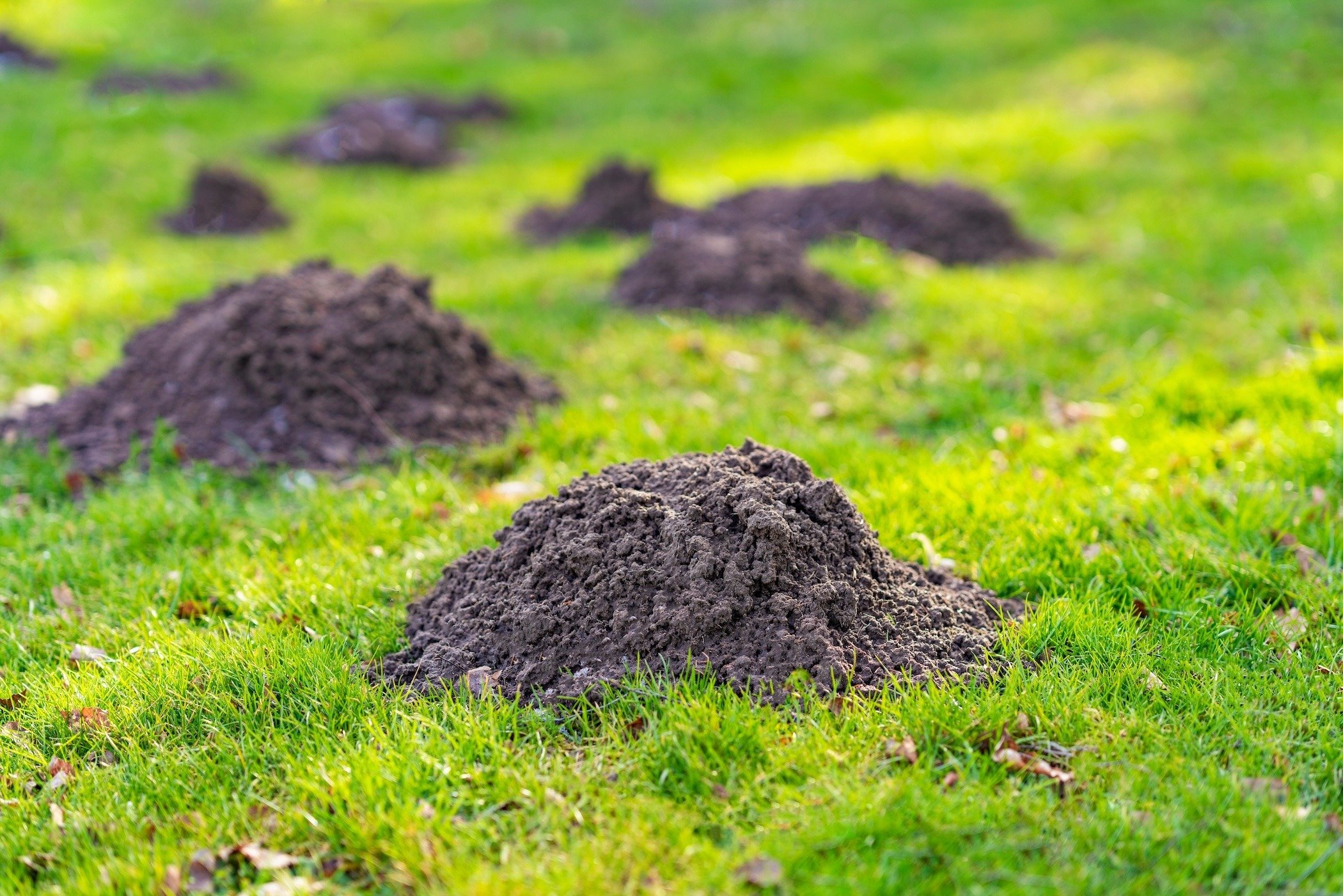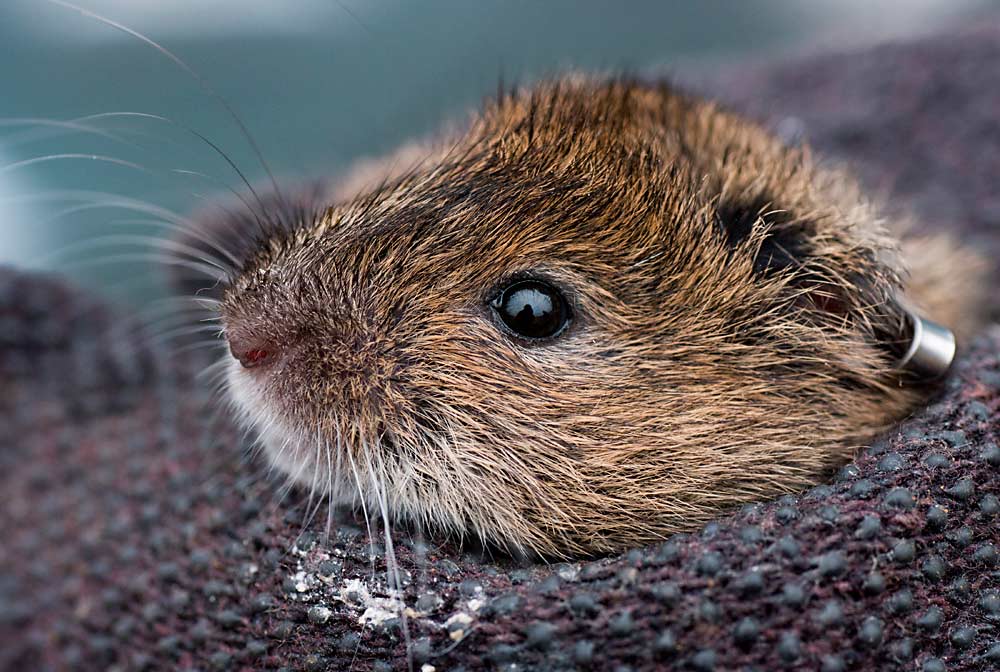Recover Your Yard's Health: Aggressive Vole Insect Control
Recover Your Yard's Health: Aggressive Vole Insect Control
Blog Article
The Ultimate Handbook for Vole Pest Control: Specialist Tips on Invasion Management and Treatment
Within the realm of pest control, vole infestations provide a distinct obstacle that demands a calculated strategy. These tiny rats, usually puzzled with mice, can damage yards, lawns, and even structural integrity. The Ultimate Handbook for Vole Insect Control provides a thorough overview on identifying these elusive animals, applying prevention techniques, and utilizing efficient capturing methods. vole lawn damage. As we look into the elaborate globe of taking care of vole invasions, a wide range of professional tips and treatment choices awaits those seeking to reclaim their areas from these persistent parasites.
Determining Vole Infestations
When evaluating for vole infestations, keen observation of specific signs such as runways and burrow systems is important for exact recognition. Voles, tiny rodents resembling mice, are recognized for the extensive network of surface area paths they produce in turf or mulch. These runways typically have a size of concerning 2 inches and are avoided debris by the voles' frequent use. Additionally, vole burrow systems are an additional essential indicator of invasion. These burrow entries are approximately 1.5 inches in diameter and cause superficial passages that house nests and supply defense for the voles.

Prevention Strategies for Voles
Efficient prevention methods for vole problems involve carrying out proactive steps to prevent these small rodents from triggering damages to outdoor rooms. Furthermore, consistently trimming the yard and maintaining yard trimmed short can prevent voles from developing nests.

In addition, keeping a clean garden with appropriate spacing between plants can help in reducing vole-friendly habitats. Avoid overwatering your yard or garden beds, as voles are drawn in to moist environments. By implementing these prevention techniques, you can effectively discourage voles and safeguard your outdoor areas from infestations.
Effective Entraping Techniques
Carrying out critical capturing techniques is important in effectively handling vole populations and reducing damages to outside rooms. When establishing catches for voles, it is important to position them in active runways or delve entrances. Voles are known to comply with certain pathways continuously, making these prime areas for capturing success. One reliable trapping method is using snap catches, which are designed to quickly and humanely eliminate voles upon activation. These traps need to be examined on a regular basis and reset as required to ensure continual vole control. In addition, live catches can be made use of for those that choose to launch voles in other places after capture. When making use of real-time catches, it is very important to transfer the caught voles much from the trapping site to stop their return. By using a mix of snap catches and get more live traps strategically, property owners can properly decrease vole populaces and protect their click reference outside spaces from additional damages.
All-natural and Chemical Therapy Options
To properly take care of vole populaces and mitigate damage in outdoor atmospheres, exploring all-natural and chemical therapy alternatives is essential. Natural therapies provide ecologically pleasant remedies that can assist regulate vole invasions without triggering injury to other wildlife or plants.
Rodenticides including zinc phosphide or anticoagulants like bromadiolone can be tactically put in vole runways or burrow entries. By combining chemical and all-natural treatment options deliberately, vole infestations can be managed successfully while minimizing environmental influence.
Maintaining a Vole-Free Setting

Implementing natural vole repellents like castor oil-based items or killer urine can also help in discouraging voles from attacking your property. These repellents work by developing a negative environment for voles, encouraging them to look for sanctuary somewhere else. By incorporating these preventative measures and preserving an alert technique to vole control, you can develop a vole-free setting that dissuades infestations and promotes long-lasting pest monitoring success.
Final Thought
Finally, effective vole insect control calls for a mix of identifying problems, implementing avoidance techniques, using efficient trapping techniques, and taking into consideration all-natural here are the findings or chemical treatment alternatives. By keeping a vole-free environment via these methods, homeowners can effectively lower and handle vole populations on their property - vole yard damage. It is important to continually keep track of for indicators of invasion and take proactive steps to avoid future vole problems
By precisely recognizing vole invasions early on, suitable parasite control measures can be executed quickly to alleviate potential damage to yards, plants, and yards.
Having actually developed techniques to deal with vole invasions with chemical and natural treatments, the focus currently moves to keeping a vole-free environment for long-lasting parasite control.Applying natural vole repellents like castor oil-based items or killer urine can likewise aid in deterring voles from invading your residential property. By including these preventative measures and keeping an alert method to vole control, you can develop a vole-free environment that inhibits invasions and advertises long-term bug management success.
In conclusion, successful vole insect control calls for a combination of determining invasions, executing prevention approaches, using effective capturing methods, and thinking about chemical or all-natural treatment alternatives.
Report this page